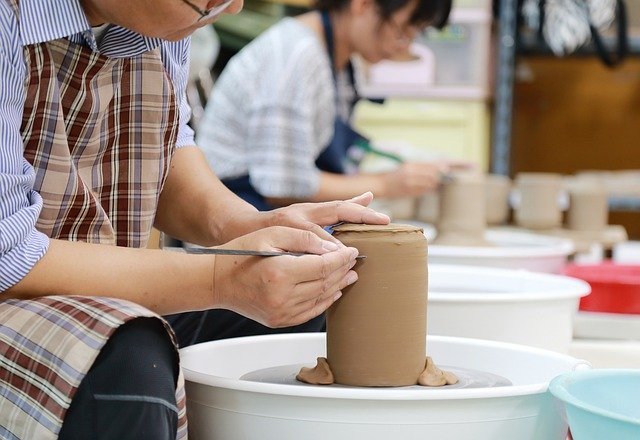Hobby Ideas: Art, Painting, Drawing, and Pottery Projects
Picking a hobby can refresh your routine, sharpen skills, and offer a regular creative outlet. Whether you want quiet, solitary craft time or a social class environment, options like art, painting, drawing, and pottery cover a wide range of commitment and cost. This article outlines approachable ideas, practical starters, and ways to grow each pursuit so you can match a hobby to your needs and schedule.

Hobbies: Choosing the right creative pursuit
Think about what you want from a hobby—relaxation, challenge, social time, or a possible side income. Hobbies that involve making tangible items, such as art or pottery, give visible progress and a sense of accomplishment. Consider your schedule and space: small-scale drawing or painting fits in tight spaces, while pottery often needs dedicated equipment or studio access. Trying short workshops or one-off kits can help you test interest before investing.
A clear short-term goal keeps momentum: finish a small sketchbook, complete three paintings, or produce a set of simple ceramic bowls. Goals help you select tools and classes and prevent overwhelm. Mix shorter projects with one longer project to balance quick wins and deeper learning.
Art: Finding inspiration and materials
Art covers many media—collage, digital art, mixed media, printmaking—and lets you combine techniques. Start by collecting simple materials: a sketchbook, basic paints, glue, and recyclable items for collage. Look for inspiration in everyday scenes, local exhibitions, online galleries, and community groups offering guided sessions in your area.
Balancing study and play accelerates progress. Spend time copying masters to learn composition or color, then apply those lessons to personal themes. Track references and ideas in a visual journal; it becomes a resource for future projects and prevents creative blocks.
Painting: Techniques and beginner project ideas
Painting can be oil, acrylic, watercolor, or gouache—each has different drying times and handling. Acrylics are forgiving and fast-drying for beginners; watercolors teach restraint and planning. Start with small canvases or watercolor pads and a limited palette to learn mixing and value before expanding supplies.
Beginner projects might include tonal studies, small still lifes, simple landscapes, and monochrome studies to focus on composition and brushwork. Practice basic techniques—blending, glazing, washes—and spend time studying light and shadow to improve realism. Joining a local class or online tutorial series can provide feedback and structured lessons.
Drawing: Exercises to build observation skills
Drawing strengthens observation and coordination and is an accessible entry point for most hobbies. Basic exercises—contour drawing, gesture sketches, and value studies—teach seeing proportions, movement, and light. Use a range of pencils and experiment with charcoal or ink to discover preferred textures and marks.
Set up short daily routines like a 10-minute sketch warm-up and a longer weekly study. Drawing from life (a cup, a plant, or a friend) improves perceptual skills faster than copying photos. Keep an evolving sketchbook and revisit older pages to measure progress and identify recurring motifs to develop further.
Pottery: Getting started with clay and tools
Pottery requires different commitments depending on the approach. Handbuilding with pinch, coil, and slab techniques is approachable at home with minimal tools and air-dry or low-fire clay. Wheel-throwing typically needs studio access or a home wheel, which involves more cost and space but allows faster production and a different creative experience.
Begin with a basic tool kit (wire cutter, rib, sponge, loop tools) and clay suited to your method. Consider short courses at community studios to learn kiln firing, glazing safety, and studio practices. Pottery blends tactile problem solving with functional results—small bowls or planters make practical first projects.
Conclusion
Hobbies in art, painting, drawing, and pottery offer varied entry points and clear ways to grow skills while fitting different schedules and spaces. Start small, set achievable goals, and use workshops or local services to learn essential techniques. Over time, combining regular practice with occasional challenges keeps interest alive and leads to steadily improving work without needing immediate large investment.






